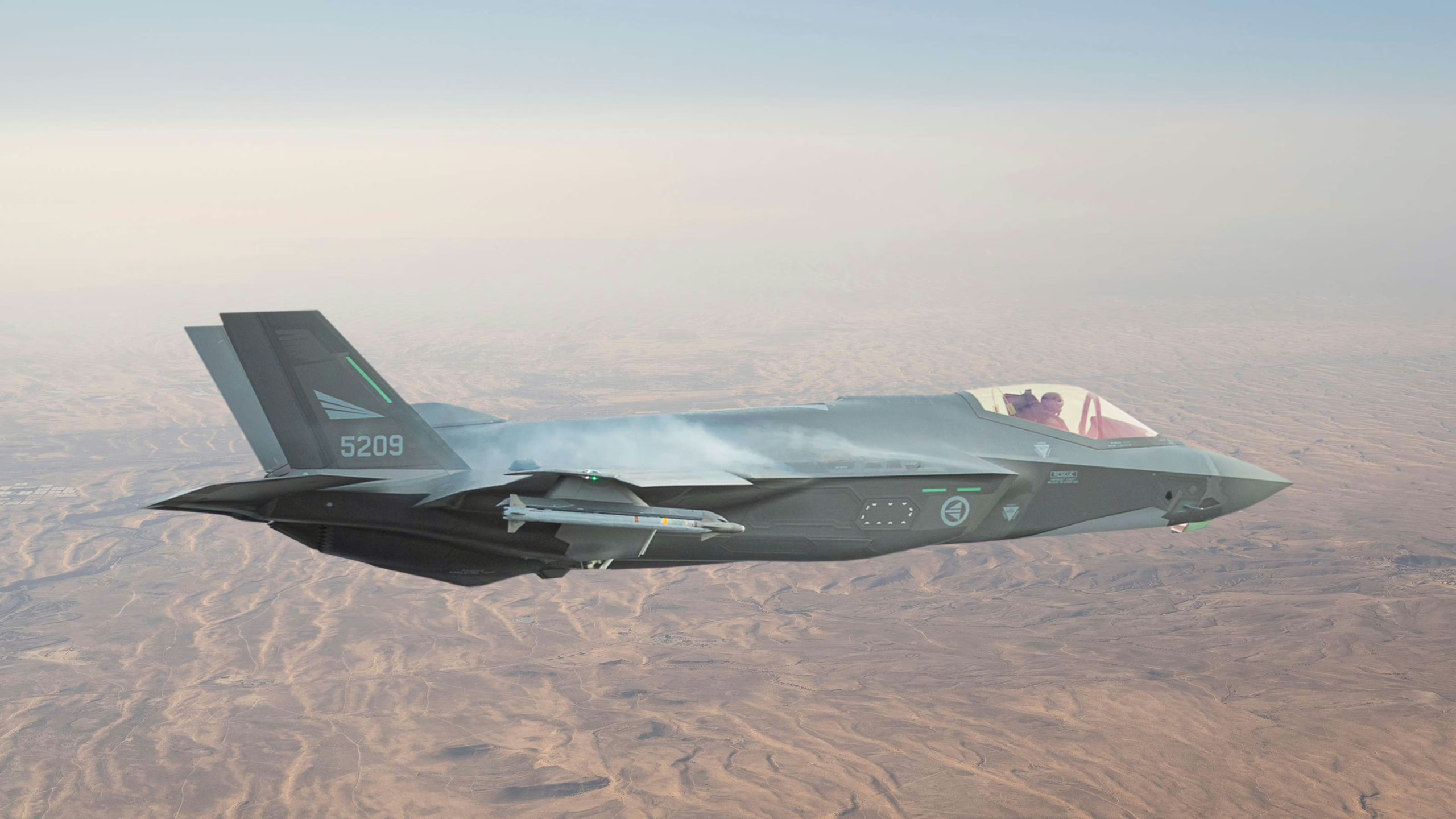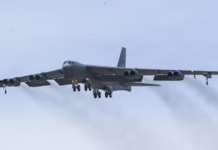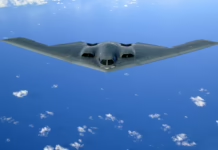European defense rift opens door for Lockheed Martin’s F-35 as €8 billion joint fighter program nears collapse amid industrial feuding.
France and Germany are considering abandoning their joint sixth-generation fighter jet and focusing instead on networked combat systems, a move that could steer billions of dollars toward U.S. defense contractors and deepen European reliance on American military technology.
The two NATO allies are examining a scenario that would cancel the New Generation Fighter at the heart of the Future Combat Air System program while maintaining cooperation on a “combat cloud” linking aircraft, drones, and sensors, according to a Financial Times report. The shift represents the most significant rethink of the next-generation system since its launch to replace France’s Rafale fighters and Germany’s Eurofighters around 2040.
If Germany proceeds without a European fighter alternative, Berlin could expand purchases of Lockheed Martin’s F-35 Lightning II, the fifth-generation stealth fighter already operated by several NATO members. The potential pivot would mark a major win for U.S. defense firms at a time when European nations have pledged to boost military spending amid heightened security concerns.
The program breakdown follows persistent disagreements between key industrial partners. Airbus Defence and Space, backed by its works council, has warned that FCAS cannot continue without a reset of governance and work-sharing arrangements. The council renewed calls in November 2025 to end the partnership with France’s Dassault Aviation, arguing cooperation had become counterproductive.
Dassault, which leads the fighter development for France, has insisted on retaining design authority for the new aircraft. CEO Éric Trappier has warned that France could pursue a national fighter program if necessary, citing sovereignty requirements and concerns about industrial leadership.
France, Germany, and Spain signed an €8 billion contract in 2022 to fund the next phase of FCAS demonstrators, covering the manned fighter, remote carrier drones, and the combat cloud. Since then, high-level political intervention has failed to resolve disagreements over intellectual property, workshare, and program governance.
In July 2025, French President Emmanuel Macron and German Chancellor Friedrich Merz urged their defense ministers to find a compromise to keep FCAS on track, but the impasse has continued.
A shift away from joint fighter development would raise questions about how each nation plans to field sixth-generation air combat capability. France could move forward with a national design, while Germany may deepen reliance on U.S. platforms such as the F-35 or explore alternative European partnerships. Spain and other countries involved in FCAS would also require clarity on their long-term role.
The collapse would deliver a significant blow to European defense integration ambitions. It would also underscore challenges in multinational military programs where competing national industrial interests and sovereignty concerns often clash with stated goals of closer cooperation.
French and German defense ministers are expected to meet in November 2025 to discuss the program’s direction, with a political decision anticipated before the year’s end.
For U.S. defense contractors, particularly Lockheed Martin, the potential German shift toward American fighters represents a substantial market opportunity in a region where defense budgets are climbing. The F-35 program has already secured orders from 19 nations, and expanded European adoption would further cement U.S. dominance in NATO’s tactical aviation capabilities.

Key Takeaways
- France and Germany may cancel their joint sixth-generation fighter while maintaining cooperation on combat cloud technology, potentially redirecting European defense spending toward U.S. contractors.
- Industrial disputes between Airbus Defence and Space and Dassault Aviation over design authority and workshare have deadlocked the €8 billion Future Combat Air System program.
- Germany’s potential turn to Lockheed Martin’s F-35 would strengthen U.S. defense industry presence in Europe and reinforce American tactical aviation dominance within NATO.
- A political decision on the program’s future is expected by end of 2025 following November defense minister meetings.







